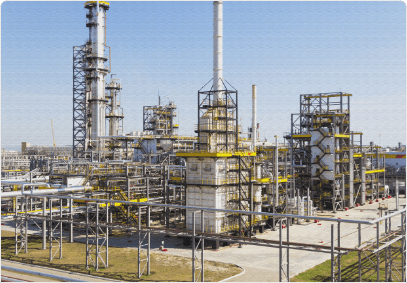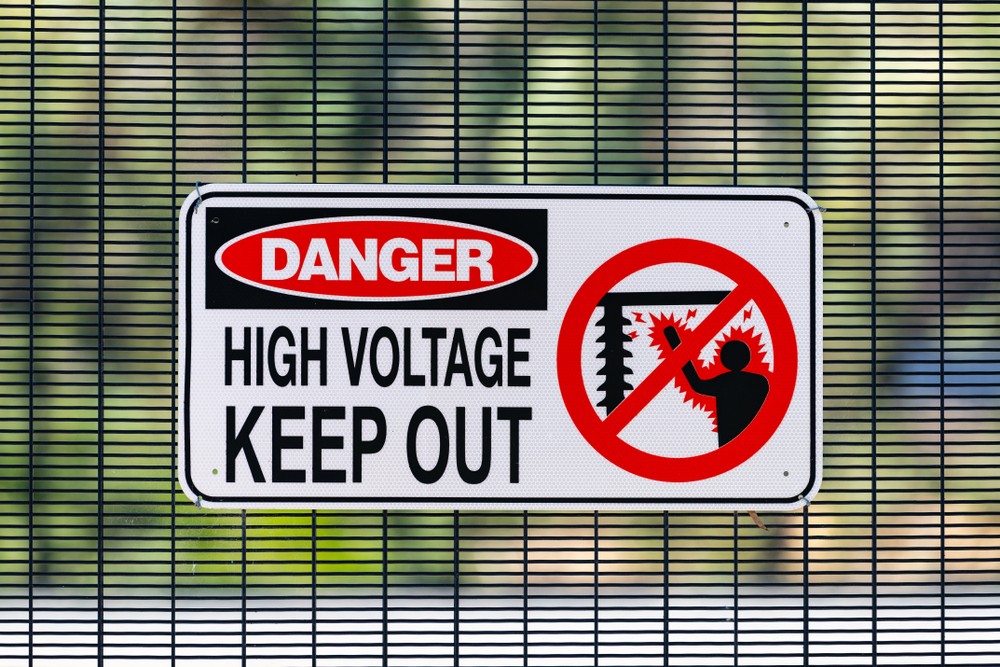The Best Guide To Roar Solutions
The Best Guide To Roar Solutions
Blog Article
Examine This Report about Roar Solutions
Table of ContentsThe Of Roar SolutionsThe Best Strategy To Use For Roar SolutionsRoar Solutions Things To Know Before You Get This
In order to safeguard installations from a prospective surge a technique of evaluating and classifying a potentially unsafe location is called for. The objective of this is to ensure the appropriate choice and installment of tools to eventually avoid an explosion and to make certain safety and security of life.
(https://roarsolutions5.wordpress.com/2024/12/02/empower-your-skills-with-roar-training-solutions-and-eeha-courses/)
No devices should be mounted where the surface temperature of the devices is above the ignition temperature level of the provided risk. Below are some usual dust hazardous and their minimal ignition temperature. Coal Dirt 380C 225C Polythene 420C (melts) Methyl Cellulose 420C 320C Starch 460C 435C Flour 490C 340C Sugar 490C 460C Grain Dust 510C 300C Phenolic Resin 530C > 450C Aluminium 590C > 450C PVC 700C > 450C Residue 810C 570C The likelihood of the threat being present in a concentration high sufficient to cause an ignition will differ from location to location.
In order to classify this risk an installation is divided into locations of danger depending upon the amount of time the hazardous is present. These locations are referred to as Zones. For gases and vapours and dirts and fibres there are three zones. Zone 0 Area 20 An unsafe atmosphere is extremely likely to be present and might be present for extended periods of time (> 1000 hours annually) or perhaps continually Zone 1 Zone 21 A harmful ambience is feasible however not likely to be existing for extended periods of time (> 10 450 C [842 F] A category of T6 means the minimum ignition temperature is > 85 C [185 F] Unsafe location electrical tools perhaps developed for usage in greater ambient temperature levels. This would showed on the score plate e.g. EExe II C T3 Ta + 60C( This indicates at 60C ambient T3 will not be exceeded) T1 T1, T2, T3, T4, T5, T6 T2 T2, T3, T4, T5, T6 T3 T3, T4, T5, T6 T4 T4, T5, T6 T5 T5, T6 T6 T6 A T Class ranking of T1 indicates the optimum surface area temperature generated by the instrument at 40 C is 450 C. Assuming the associated T Class and Temperature rating for the tools are appropriate for the location, you can always use an instrument with a much more stringent Department score than required for the location. There isn't a clear solution to this concern sadly. It really does rely on the sort of devices and what fixings need to be executed. Tools with specific examination procedures that can not be done in the area in order to achieve/maintain 3rd party rating. Must return to the manufacturing facility if it is before the equipment's solution. Field Repair By Authorised Employee: Complicated screening might not be required nonetheless specific treatments might require to be complied with in order for the devices to maintain its third event score. Authorized workers must be utilized to execute the work appropriately Repair work need to be a like for like substitute. New part have to be considered as a direct substitute requiring no special testing of the tools after the repair is complete. Each item of tools with my link a hazardous rating need to be reviewed independently. These are detailed at a high degree below, however, for more thorough information, please refer directly to the standards.
The Only Guide for Roar Solutions
The tools register is a comprehensive data source of equipment records that consists of a minimum collection of areas to determine each thing's location, technological parameters, Ex-spouse classification, age, and ecological data. The ratio of In-depth to Close inspections will certainly be identified by the Tools Danger, which is analyzed based on ignition threat (the likelihood of a resource of ignition versus the chance of a combustible environment )and the unsafe location classification
( Zone 0Area 1, or 2). Applying a robust Risk-Based Evaluation( RBI )method is crucial for making sure compliance and safety and security in handling Electric Equipment in Hazardous Areas( EEHA).
An Unbiased View of Roar Solutions

In regards to eruptive danger, a harmful location is an environment in which an explosive environment is present (or might be expected to be existing) in amounts that require unique safety measures for the building, setup and usage of devices. hazardous area electrical course. In this write-up we explore the difficulties encountered in the office, the risk control steps, and the needed expertises to work securely
It is a consequence of contemporary life that we manufacture, keep or take care of a range of gases or liquids that are considered combustible, and an array of dusts that are considered combustible. These compounds can, in particular problems, create eruptive ambiences and these can have major and heartbreaking effects. Many of us are familiar with the fire triangle remove any kind of among the 3 components and the fire can not take place, yet what does this mean in the context of hazardous areas? When breaking this down into its simplest terms it is essentially: a combination of a certain amount of launch or leakage of a specific compound or material, mixing with ambient oxygen, and the presence of a source of ignition.
In most instances, we can do little about the levels of oxygen airborne, but we can have substantial influence on sources of ignition, for instance electric tools. Harmful locations are recorded on the hazardous location classification illustration and are recognized on-site by the triangular "EX LOVER" indication. Below, among other essential information, areas are divided right into 3 kinds depending on the threat, the likelihood and period that an eruptive atmosphere will certainly exist; Zone 0 or 20 is regarded the most hazardous and Area 2 or 22 is considered the least.
Report this page